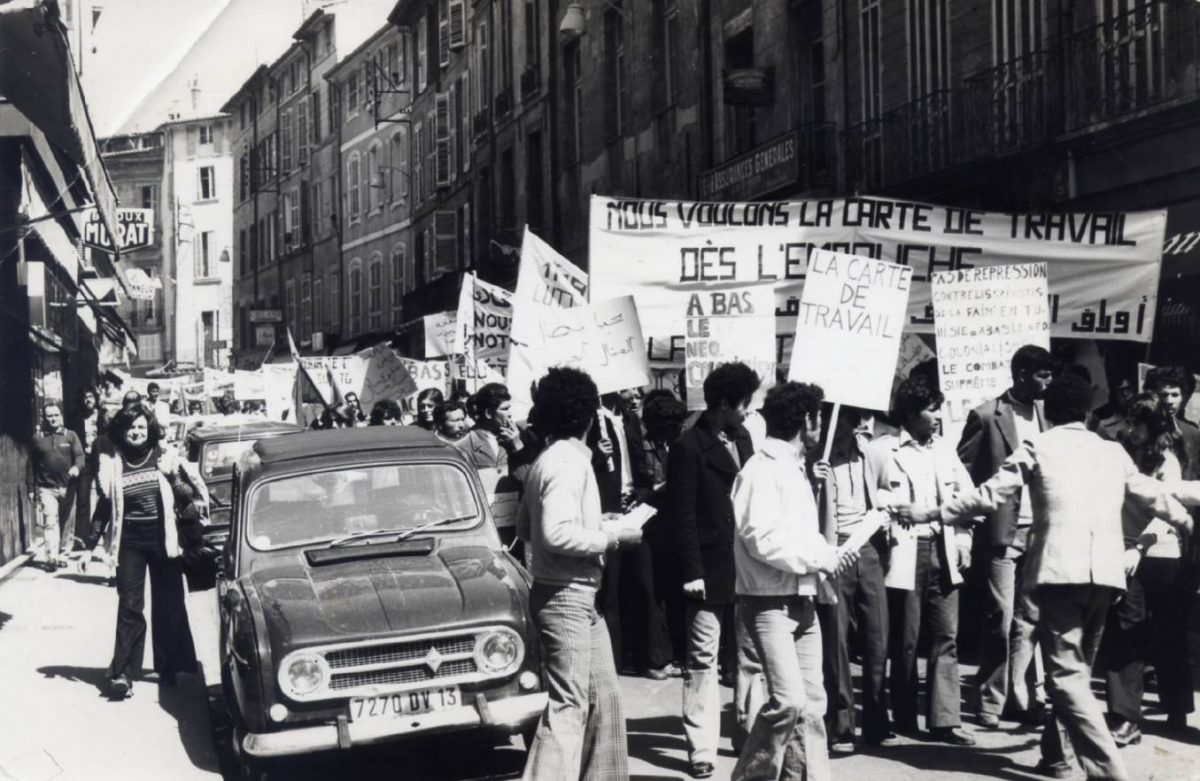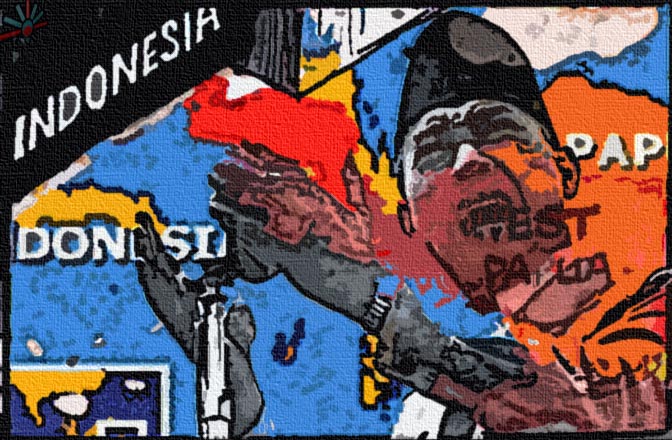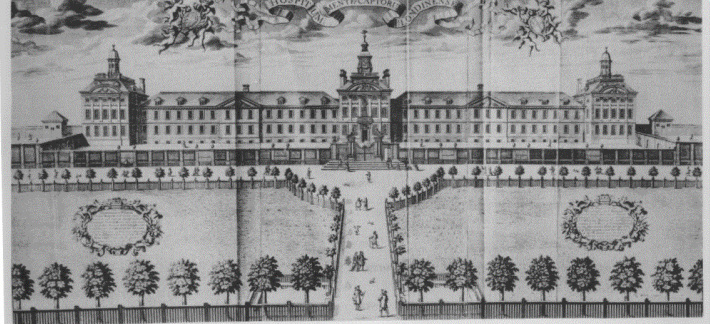Since its consolidation at the end of the eighteenth century, the realist novel has been the premier vehicle for the depiction of contemporary life. For over two hundred years, a relatively fixed set of representational techniques – point-of-view, voice, description, dialogue, plot – has managed to adapt to the radical transformations of modernity: the nuclearization of the family, the entry of women into public life, the liberalization of sexual mores, industrialization and deindustrialization, urbanization and suburbanization, secularization, the lifeworlds of dominated classes and colonized nations, war on a planetary scale, and new conceptions of cognition and identity formation, to name just a few. By doubling down on its core strength – the linguistic representation of inner experience – the novel even managed to fend off challenges from rival media, like film and television. But over the last decade or so it has become clear that changes in the texture of the contemporary itself, due primarily to the diffusion of digital networked media, have begun to strain the capacity of the novel – as an institution, as a medium, as a form – to fulfil its traditional remit.
The reason most often given for this is that, bound to the format and economics of the book, an increasingly Jurassic technology, the novel’s production cycle cannot keep pace with the accelerated timescale of the internet, which contracts what counts as the contemporary into shorter and shorter units of duration by flooding the collective consciousness with data. To write a novel, find it representation, sell it, edit it, design its cover, copyedit it, check the proofs, print it, promote it, publish it, and distribute it requires a year at an absolute minimum, and almost always much longer than that. And in a year’s worth of contemporary time whole epochs can pass and be forgotten. This is in part why we have seen the prestige of genre fiction – specifically historical fiction and science fiction – rise at the expense of literary realism, and why so many so-called literary authors have turned to these genre forms. The historical novel, broadly defined as any novel set in a time before social media, sidesteps the question of the contemporary altogether, turning over to the reader the task of drawing any parallels with the present, whenever that happens to be. Whereas the science fiction novel, set in a speculative future, gambles that reality will meet it sooner or later, but ideally at a moment coincident with the pub date chosen by sales and marketing. The number of recent science fiction novels which have been praised as ‘prescient’ should give the game away: if each represents a possible world, and hundreds if not thousands of them are produced per annum, the laws of probability suggest that a handful of these will guess correctly how some aspect of the contemporary will look one day.
For the literary novelist who nevertheless wishes to depict what Trollope called The Way We Live Now, and who therefore cannot ignore the extent to which ‘being’ and ‘being online’ have come to overlap, two other, less-often-discussed technical challenges immediately present themselves. The first is what I’ll call, following Fredric Jameson, the ‘collective representation problem’: how can any of the narrative perspectives available to realist fiction function as metonyms for the perspectives of the hundreds of millions of users on a single social media platform? The second, related problem is what I’ll call the ‘formal mirroring problem’: how should this narrative perspective translate the user experience of one medium into a different medium? As more and more ‘Internet Novels’ are written, it is worth exploring how a recent entry in this quickly consolidating genre, Fake Accounts, the debut novel of the critic Lauren Oyler, published earlier this month, handles these two challenges.
In both cases, the novel’s strategy is the same: acknowledgement and disavowal, followed by a lateral move onto a parallel track. Consider the following exchange, set in an early epoch of the Trump eon. The unnamed narrator, who has returned to New York from attending the Women’s March in Washington D.C., has run into a friend, who has also just come from an anti-Trump protest. Everyone was talking about impeachment, the friend reports. ‘Who was everyone?’ the narrator wants to know. Her friend answers: ‘The people who spoke’ at the rally, though it is unclear whether these were organizers with microphones, or whisperers in the crowd. Either way, the narrator, a media professional and avid Twitter user, knows that simply speaking on some particular occasion cannot define a coherent public in an age when billions of people have access to – but no control over – the means of communication. In fact, nothing can. ‘The group’, she observes, ‘regardless of its size, could always be dismissed as not representing everyone else, a group that was always unfathomably larger’. There are social types in the twenty-first century – the narrator is one of them – just as there were in Balzac’s time, but because of the size of the online public sphere, none of these can be translated into representative figures, deserving of consideration on this basis alone. (Needless to say, this would also hold, mutatis mutandis, for novels like Jeffrey Eugenides’s The Virgin Suicides or Joshua Ferris’s Then We Came to the End, which employ first person plural narration.) That collective representation is impossible may have been just as true when Balzac generated his ‘physiognomies’, but the limited, socially homogenous nature of his reading public allowed him and them to remain ignorant of this fact in a way that is simply not available to a contemporary writer, who is reminded of it every time she goes online, where there are different degrees of everybody, just as in set theory there are different degrees of infinity. The ‘universally acknowledged’ truth with which Austen opens Pride and Prejudice (and indeed, the realist novel proper) is meant to be ironic, but the irony comes at the expense of a culture that could still be said to genuinely believe in such things.
Oyler’s narrator is ‘a white woman living in Brooklyn’ (later an American living in Berlin) though of course she does ‘not identify as such’. She lays claim to our attention not on the basis of her demographic representativeness, impossible in any event, but on the basis of her particular expertise. Like Felix, the narrator’s love interest, whom she meets while he is leading a pub crawl through Berlin Mitte, she functions as a tour guide to the Land of the Very Online, a place likewise populated by unreliable narrators and their fake accounts. (Felix, the narrator discovers, after persuading him to move to New York with her, has been moonlighting as a prominent online conspiracy theorist, furnishing her with an excuse to break up with him. In the course of the novel, he will indulge in a hoax even more audacious than that.)
‘There seemed to be two options for engaging with the world’, the narrator writes, ‘desperate close reading and planned obsolescence’ and she opts, at first, for the former, describing with ethnographic precision the distinctive nomenclatures and mentalities fostered by the algorithms of Twitter, Instagram, Tinder, and OKCupid and the non-virtual cultures and subcultures that have been drawn into their orbit. Oyler’s narrator is perhaps the most self-aware character in recent American fiction, which has produced such characters en masse; she is even more self-aware, I’d argue, than Adam Gordon, the narrator from Ben Lerner’s Leaving the Atocha Station, which Oyler astutely gives to one of the book’s minor characters. But by self-aware I do not only mean the way that Fake Accounts draws attention to its status as fiction, from the macro-level of the title and the section titles (‘Beginning’, ‘Backstory’, ‘Middle (Something Happens)’, ‘Middle (Nothing Happens)’, ‘Climax’, ‘End’) down to the micro-level of punctuation (‘A drunk coworker had once let me know that I’d established myself as a somewhat retrograde cynic, a toxic presence in the office but ultimately safe from firing because, among other skills, I was one of only two people on staff who knew how semicolons worked; my leaving was a wash’). Whether she is talking about her own motives, anticipating other characters’ reactions to her speech, looks, gestures, and behaviour (online and off), or deconstructing the cant and lazy thinking fostered by the structure of these platforms, the narrator is able – and more importantly, willing – to make the rules of each and every game explicit. To the extent that she can plausibly function as an ‘everywoman’, it is not because the story she tells is representative, but because in it she acts as both player and referee.
It is one thing, as a novelist, to have your characters anticipate the reactions of other characters: you have many drafts to give your protagonist the perfect lines. It is another thing entirely to play this game with the reader, whose reactions are ultimately beyond your control. And yet it is by taking this risk that Oyler gives her solution to the ‘formal mirroring problem’. Again, the problem is first acknowledged. The narrator is listening to a podcast interview with a writer whose new novel is cut up into short, aphoristic paragraphs on the grounds that ‘this structure…mimics the nature of modern life, which is “fragmented”’. In an Internet Novel, there is a strong temptation to reproduce the look of the site in the format of the book as a means of reproducing a character’s experience of consuming digital media. Unfortunately, however skilled an author may be at producing the ‘reality effect’ in her novel, books are still physical objects – fixed, finite collections of signs – whereas digital media is a discontinuous swarm of signs (and sounds and images) in perpetual, recombinant flux. Whenever authors have yielded to the temptation to make fragmentation the solution to the ‘formal mirroring problem’, the result is disappointing, and Oyler’s narrator does not hesitate to register her disappointment with it. ‘Why would I want to make my book like Twitter?’ she asks. ‘If I wanted a book that resembled Twitter, I wouldn’t write a book; I would just spend even more time on Twitter’. To mirror the appearance of social media in fragmentary prose forfeits the realist novel’s capacity for sustained description in exchange for a gimmicky caricature of digital media, and only serves to confirm the latter medium’s ascendency over the former. In ‘Middle (Nothing Happens)’, the narrator parodies this fragmented style and it is, as she herself foresees, the weakest section of the book.
Here it is worth recalling that the realist novel is itself an attempted solution to a ‘formal mirroring problem’, namely, how to translate the medium of oral storytelling, which requires the simultaneous co-presence of storyteller and audience, to written storytelling, in which the author is separated both physically and temporally from the reader. Up through the eighteenth century, authors were anxious enough about whether readers would accept this translation that they often felt it necessary to account for the existence of their texts before settling down to tell their stories. The frame narrative, the found manuscript, and most famously, the epistolary novel are nothing more than a series of narrative bootstrapping operations carried out for an audience that had yet to be trained to find the realist novel’s autonomous narrative ‘voice’ plausible. Another device, borrowed from theatre – a genre that, like oral storytelling, requires the physical co-presence of actor and audience – was direct address, such as Fielding, for example, employs in Tom Jones and Joseph Andrews. It is the extensive use of this device – in contravention, incidentally, of the ‘best practices’ of Creative Writing 101– that Oyler’s self-aware narrator turns to such good account in her Internet Novel.
‘As a writer you have to think of the reader’, the narrator says in the book’s concluding section, winking at the reader – but perhaps also at Flaubert and Henry James, who, writing during the golden age of the novel, when the form was at the uncontested height of cultural dominance, would have strenuously disagreed. Fake Accounts contains much implicit anticipation of the reader’s response, as well as traditional forms of direct address, but Oyler formalizes the procedure by maintaining a regular dialogue with a group of absent characters she calls ‘my ex-boyfriends’ whose commentary – sometimes collective, sometimes individuated – on the book’s events the narrator imagines coming from ‘the audience’, thereby reproducing in print the oral storytelling scenario. (The word ‘audience’ is derived from the Latin audire, ‘to hear’; the chorus of course derives from Attic theatre.) The ‘ex-boyfriends’ are generally well-disposed toward the narrator, even if, being exes, they also know her well enough to take her stories with a grain of salt, and to take a certain pleasure from watching her romantic pratfalls. They thus function as surrogates for the book’s readership: they express scepticism, concern, impatience, sympathy, respectful disagreement, befuddlement, vindication, and solidarity. In this reader’s experience at least, they performed their role with uncanny accuracy.
If this strategy represents an improvement over the ‘fragmentation solution’, it is not only because Oyler is particularly skilled at it, it is because she has identified an existing novelistic technique that translates the dialogical (or if you prefer, polyphonic) situation that exists on a site like Twitter, rather than merely imitating its look or feel. Twitter disciplines posters into the kind of self-awareness shown by Oyler’s narrator, by accustoming them to a state of all-encompassing auto-surveillance and by giving them real-time metrics for the success or failure of each of their statements. Clever tweets, saying what is on people’s minds, quote tweeting with praise for the right account, dunking on another account that has sparked outrage, trolling, creating a meme or prompt or formula, posting pictures of cute children and pets, etc., can be positively reinforced with likes and rewarded with amplified influence – but for those who become ‘main characters’, perhaps because they have failed to ‘read the room’, a pseudo-space with ever-shifting dimensions and occupants: Vae Victis! Despite being a largely textual medium, Twitter reproduces the conditions of oral storytelling more closely than the novel does: temporal co-presence replaces spatial co-presence, which is mediated by the site and screen, but this is enough to create the kind of n-dimensional feedback loop between addressers and addressees that the technique of direct address in the eighteenth-century novel was invented to mimic on a much smaller scale.
It may seem surprising that a twenty-first-century writer should turn to eighteenth-century techniques in a novel about that most contemporary of technologies and the world it has produced. Perhaps it shouldn’t be. After all, as Susan Stewart observes in Crimes of Writing, her study of the literary economy of eighteenth-century Britain, the period was characterized by the evisceration of the existing social safety net, the commodification of the word, new technologies for its dissemination, an explosion in the supply of and demand for it, the alienation of language-producers from language-consumers, the hackification of freelancers, cutthroat competition between them, and the crumbling of traditional reception contexts and authenticating mechanisms, which led, in turn, to a wave of conspiracisms, nostalgias, forgeries, impostures, grifts, hoaxes, and yes, fake accounts.
The technologies may have changed dramatically, but thanks in part to them Oyler’s narrator and Felix have had to adapt themselves to similar and similarly perilous socio-economic and psychic terrain. Extreme self-awareness of the sort the narrator displays may be necessary for survival on such terrain, but it is not conducive to the formation of a stable self – the crowning achievement of the protagonist in the standard realist novel. Rather, it represents its vanishing point. In the end, what attracts the narrator to Felix is that they are both incorrigible fabricators of themselves, and he is the only person who has ever managed to trick her (and not just once) into taking fiction for reality. Ironically, in doing so, he gives her a glimpse at what having a stable self requires: a commitment to allowing at least one of the rules of the game to remain implicit. The shape-shifting novel ends on a decidedly ambiguous note, but one way of reading the narrator’s character arc is to see in it a move from the ‘close reading’ that comes from engaging with the world via digital media, to the ‘planned obsolescence’ of disengagement from it, a necessary condition for performing such antiquated activities as falling in love, or writing a novel called Fake Accounts.
Oyler’s novel marks two technical advances in the representation of being online, but it is beyond the purview of a single book to decide the contest between the medium of the novel and its most recent rival, which is not ultimately a question of form. Fake Accounts was published a mere three weeks ago, but since then a new genre has congealed, in part, around it: the Internet Novel. The name suggests an attempt to assimilate the former term into the latter, with the Internet as just another object the novel may or may not elect to describe. But bringing the two terms together in the first place puts them on an equal footing, and betrays an unspoken anxiety about the latter’s eclipse by the former – an uneasy recognition that the Internet is not merely an object, nor is being online simply an activity, but that taken together they are a metonym for a series of social relations so extensive and intensive that they have contaminated all the other objects of potential representation too. Thus, even at a purely formal level, the two problems remain in tension with each other. As we have seen, the self-awareness used to solve the ‘collective representation problem’ and the ‘formal mirroring problem’ of representing digital media in a novel winds up swallowing its own tail. Oyler’s narrator, always one step ahead, seems to acknowledge this. Fake Accounts may be her novel, but in it Twitter gets the last word.
Read on: Claudio Magris’s reflections on the novel’s historical course.









